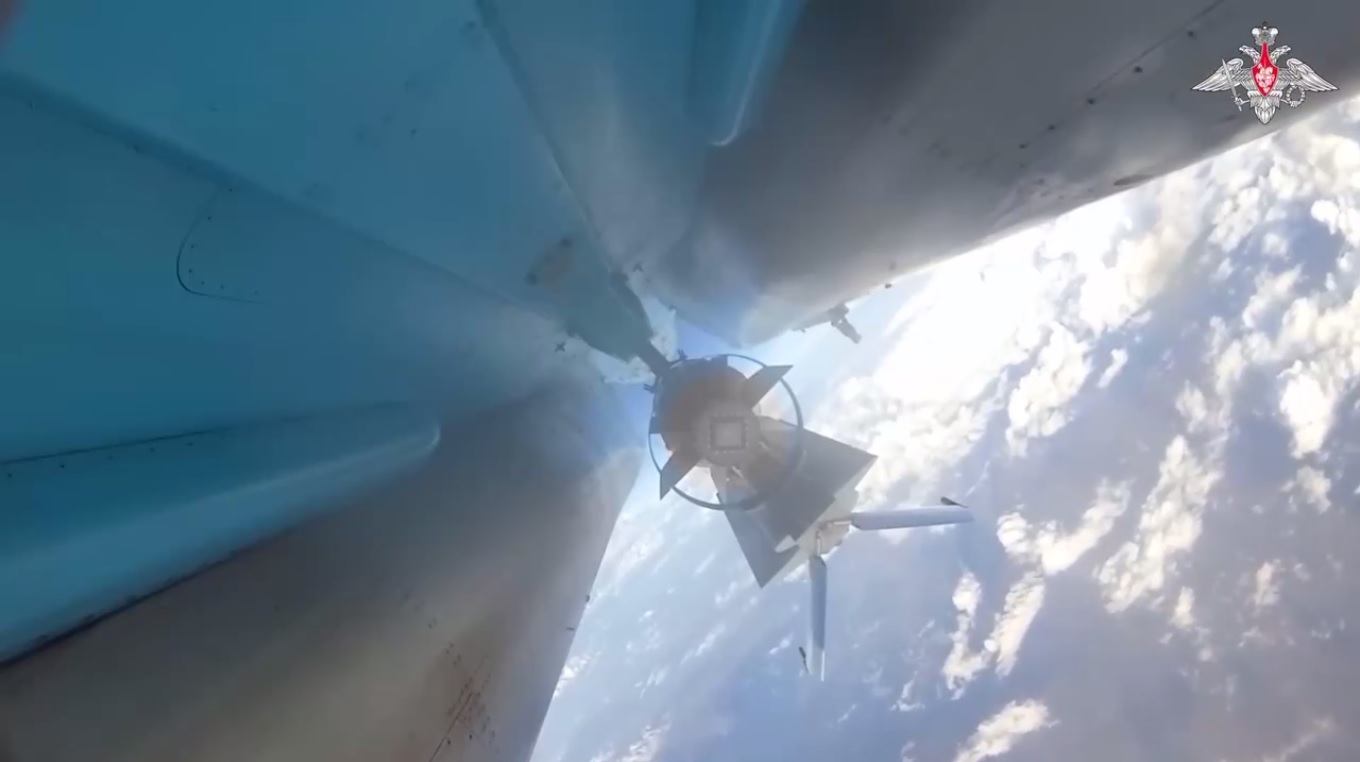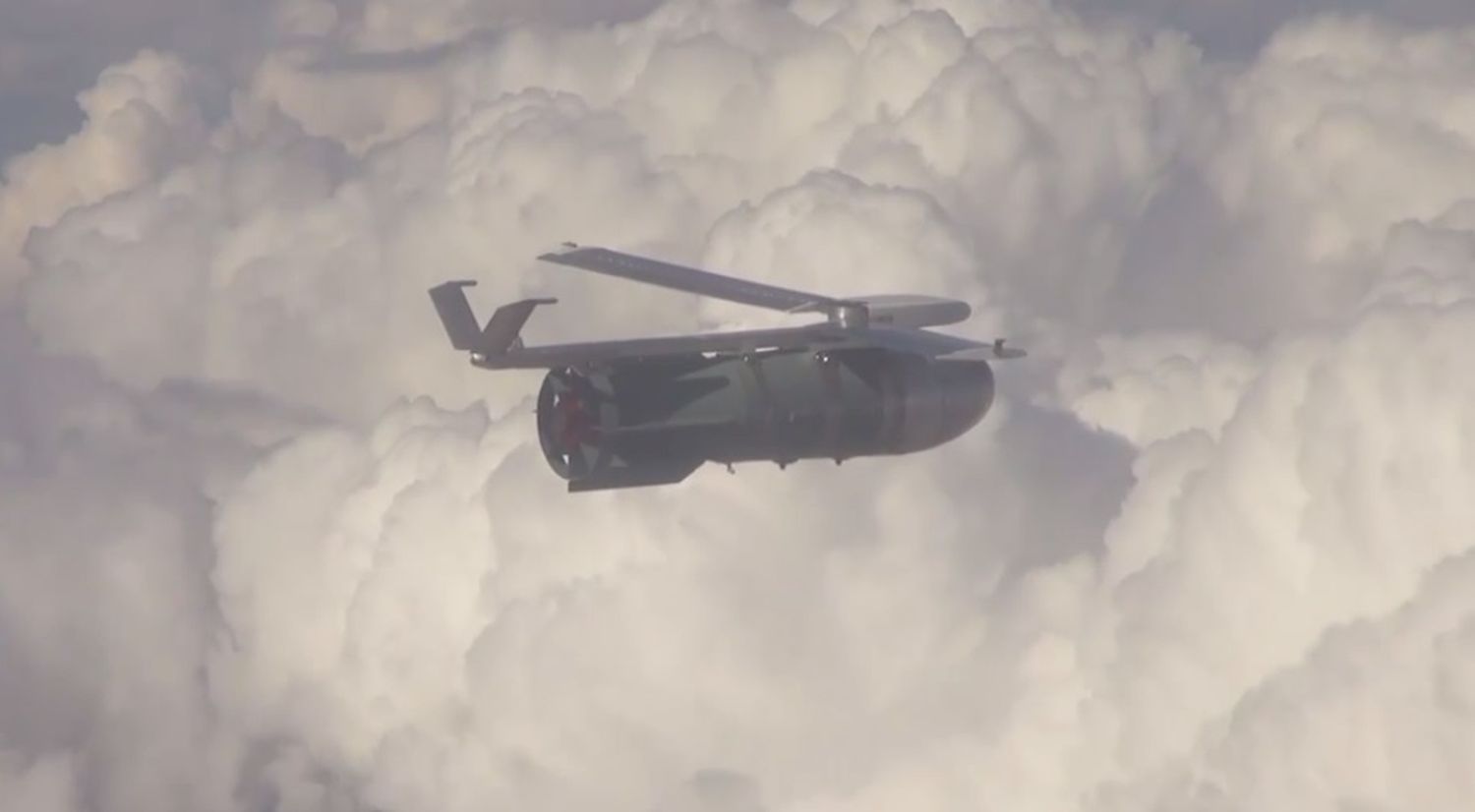FAB-3000: Russia’s massive 3-ton bomb makes its official debut in Ukraine
In a video published by the Ministry of Defense of the Russian Federation on its social networks, it is revealed the use of the FAB-3000, the most powerful airdrop bomb used so far by the Russians in the war in Ukraine.
In the video, the formidable bomb can be seen being loaded under the center pylon of the fuselage of a Sukhoi Su-34 attack aircraft, which is likely to be its most common delivery vector, and then dropped from a high altitude. The FAB-3000 was equipped with a forward cone for improved aerodynamics and the UMPK (Unified Planning and Correction Module), making it possibly the world’s largest conventional guided glide bomb.

According to the Russian Defense Ministry, the mission consisted of attacking a temporary congregation point of Ukrainian troops in the northeastern Ukrainian region of Kharkov. The attack was reportedly successful and the Su-34 crew, thanks to the use of the UMPK module, was able to carry out the launch from a safe distance and returned safely to their base.
? Watch Russian pilots drop FAB-3000 bombs on Ukrainian Armed Forces’ relocation sites pic.twitter.com/6MWrHdh7Yo
— Sputnik (@SputnikInt) July 14, 2024
The mighty FAB-3000
This is a high-explosive free-fall bomb developed by the Soviet Union. Weighing 3 tons and with an explosive payload of up to 1.5 tons, it is one of the most powerful non-nuclear bombs in the Russian arsenal. Originally designed to attack large targets such as industrial facilities, hydroelectric dams and fortifications, the FAB-3000 has seen a resurgence in the context of the war in Ukraine, as it went back into serial production from February this year.

With the UMPK conversion kit, which adds folding wings and an inertial guidance system to the bomb, the FAB-3000 can be released from distances greater than 50 kilometers from the target (depending on altitude and launch speed), allowing the launcher aircraft to remain outside the lethal range of most short- and medium-range anti-aircraft systems.
While there have been reports of its use on the front lines since June, this is the first time it can be officially confirmed with video evidence.


Para comentar, debés estar registradoPor favor, iniciá sesión